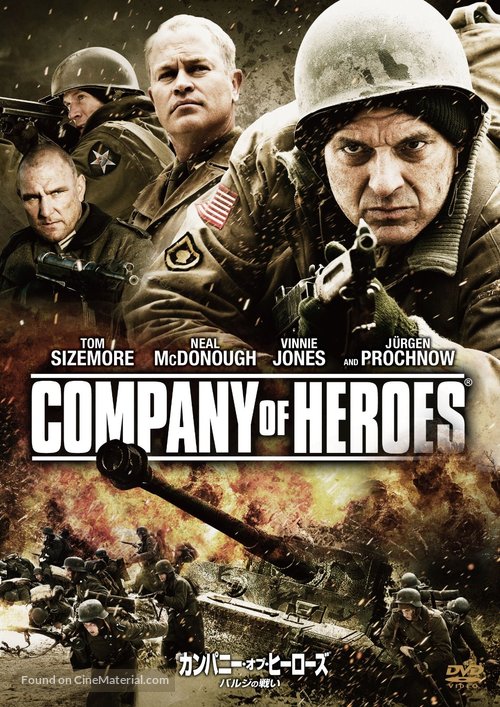

But this sequel’s improved environmental destruction adds an extra flourish. Most battles in Company of Heroes 3’s Italian campaign take place in claustrophobic cities and crumbling urban environments, not unlike those from the French and German towns in the previous games. Your NPC advisors will bark orders, and you will upgrade your units with gear you scavenge from the battlefield. Objectives need to be secured, and incoming attacks countered. Series fans will find them familiar enough – ship out to a partially destroyed map to capture territory, accumulate resources, and bolster your force of soldiers. The four missions I played rarely let that momentum dwindle. Like easing congestion on a packed motorway by introducing slower speed limits, real-time pause makes room for the biggest fighting moments to sing and the slowest to quickly resolve.

The option to temporarily pause the game at your leisure actually accelerates its pace rather than stalls it. I found it fundamentally changed the pace of the game, buoying Company of Heroes 3’s moment-to-moment action to a rate rarely seen in strategy games. It’s not just a handy quality-of-life feature that slower players can lean on, though. Pausing the game lets you take a step back, allow your fingers to keep up with your brain, and implement grand tactical maneuvers that would otherwise take rapid-fire mouse clicking to pull off, not to mention a whole lot of luck. I made liberal use of the feature in my preview, tapping the spacebar every time I felt even slightly overwhelmed by the number of units and explosions on-screen – which happened fairly often in the heated RTS battles. Pausing lets your fingers keep up with your brain, and implement tactical maneuvers that would take rapid-fire mouse clicking to pull off


 0 kommentar(er)
0 kommentar(er)
